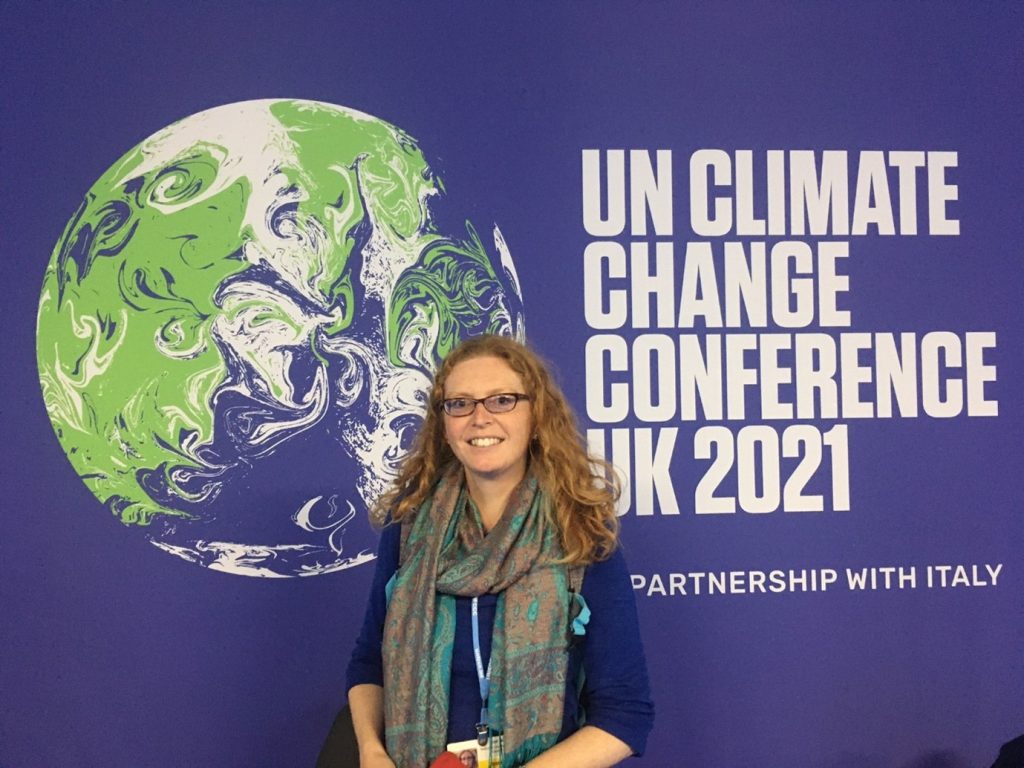Cheung, W. W. L., Frölicher, T. L., Lam, V. W. Y., Oyinlola, M. A., Reygondeau, G., Sumaila, U. R., Tai, T. C., Teh, L. C. L., & Wabnitz, C. C. C. (2021). Marine high temperature extremes amplify the impacts of climate change on fish and fisheries. Science Advances, 7(40), eabh0895. https://doi.org/10.1126/sciadv.abh0895
Summary
Extreme temperature events have occurred in all ocean basins in the past two decades with detrimental impacts on marine biodiversity, ecosystem functions, and services. However, global impacts of temperature extremes on fish stocks, fisheries, and dependent people have not been quantified. This study, using a mathematical model, projected that, on average, when an annual high temperature extreme occurs in an exclusive economic zone, 77% of exploited fishes and invertebrates therein will decrease in biomass while maximum catch potential will drop by 6%, adding to the decadal-scale mean impacts under climate change. The net negative impacts of high temperature extremes on fish stocks are projected to cause losses in fisheries revenues and livelihoods in most maritime countries, creating shocks to fisheries social-ecological systems particularly in climate-vulnerable areas. This study highlights the need for rapid adaptation responses to extreme temperatures in addition to carbon mitigation to support sustainable ocean development.
Policy relevant message:
When an annual high temperature extreme occurs in an exclusive economic zone, 77% of exploited fishes and invertebrates therein will decrease in biomass while maximum catch potential will drop by 6%, adding to the decadal-scale mean impacts under climate change. This study highlights the need for rapid adaptation responses to extreme temperatures in addition to carbon mitigation to support sustainable ocean development.

